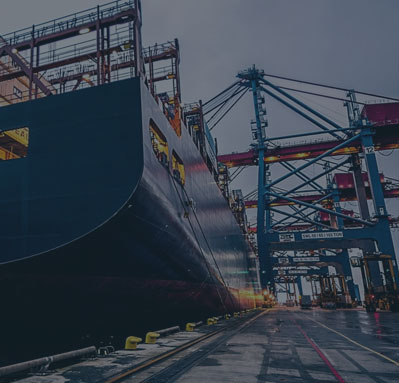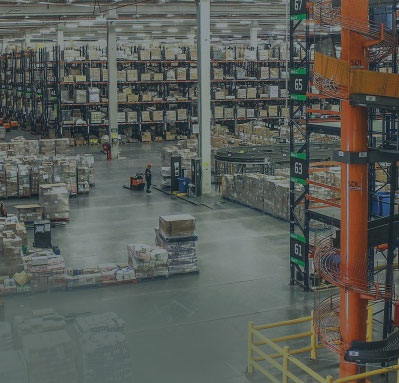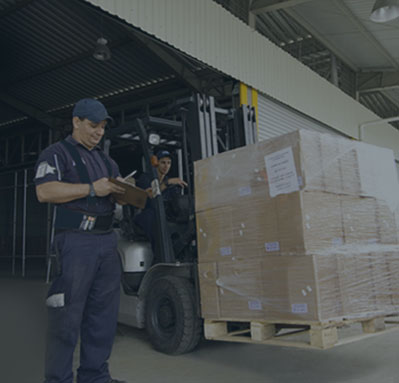In the world of transportation and logistics, the terms “tare weight,” “gross weight,” and “net weight” are frequently used to describe the weight of cargo, containers, and vehicles. These terms are crucial for a variety of reasons including safety, cost, and legal compliance. This blog post aims to demystify these terms and explain their importance in the logistics industry.
What is Tare Weight?
Tare weight is essentially the weight of an empty vehicle or container. This is a critical measure because it helps determine the weight of the goods being transported without the additional weight of the container or transportation vehicle itself. In simpler terms, if you were to weigh an empty cargo truck, the reading you would get would be its tare weight.
Importance of Tare Weight
Understanding tare weight is essential for multiple reasons. It ensures compliance with legal weight limits, facilitates accurate billing, and helps maintain operational safety by preventing overloading.
- Legal Compliance: Vehicles have weight limits that must be adhered to. Knowing the tare weight helps ensure that the vehicle does not exceed these limits once it is loaded.
- Cost Calculation: Many shipping costs are calculated based on the weight of the cargo. By knowing the tare weight, companies can accurately determine the weight of the cargo alone.
- Efficiency and Safety: Overloading a vehicle can lead to increased wear and tear and even accidents. Knowing the tare weight helps in loading the vehicle within safe operational limits.
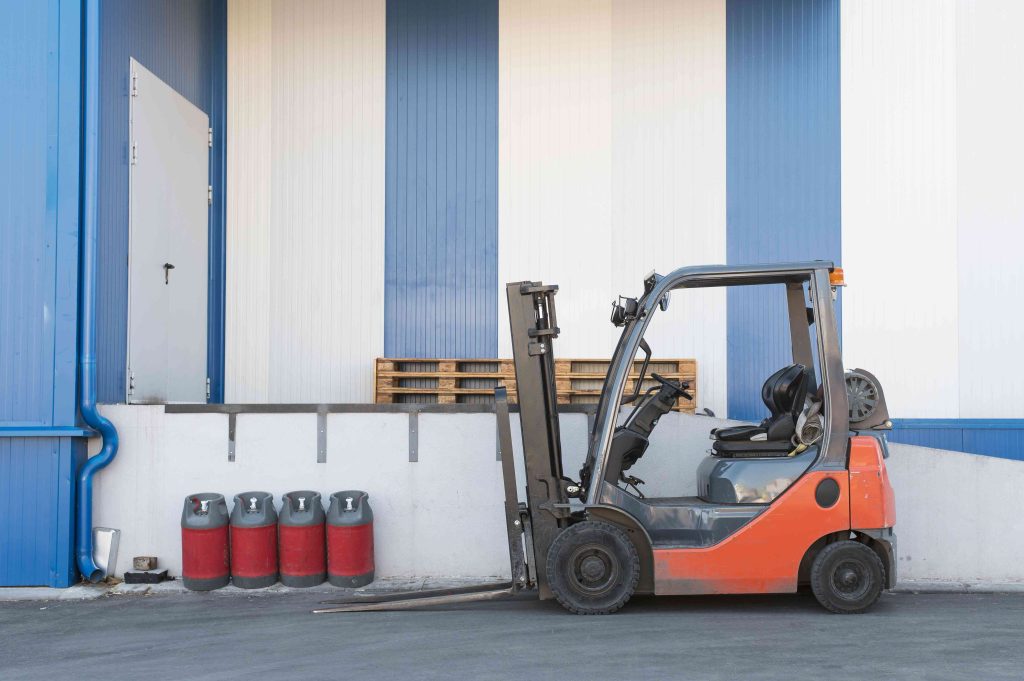
What is Gross Weight?
Gross weight refers to the total weight of the vehicle or container and the goods inside it. It is a comprehensive measure that includes the tare weight and the net weight (weight of the cargo only).
Importance of Gross Weight
Gross weight is crucial for ensuring safety, as it prevents overloading and adheres to regulatory requirements. It also plays a key role in handling, shipping logistics, and managing vehicle stability.
- Safety: Roads and bridges have weight limits to prevent damage and ensure safety. Knowing the gross weight is essential to avoid overloading.
- Regulatory Requirements: Transport vehicles are often subjected to weight checks by authorities to ensure compliance with road safety standards.
- Shipping and Handling: Proper knowledge of gross weight is necessary for handling equipment and logistics planning to manage weight distribution and vehicle stability.
What is Net Weight?
Net weight is the weight of the cargo itself, excluding the weight of the container or the vehicle. It is calculated by subtracting the tare weight from the gross weight.
Importance of Net Weight
Net weight is fundamental for accurately determining the financial aspects of transactions, as it directly influences billing and the calculation of shipping costs. Additionally, in customs processes, the precise measurement of net weight is crucial for assessing the appropriate duties and taxes, ensuring compliance and preventing delays.
- Billing and Cost Efficiency: For commodities sold by weight, accurate measurement of net weight is crucial for determining the correct price.
- Customs and Taxation: Customs duties often depend on the weight of the merchandise. Accurate net weight helps in calculating the correct duty to be paid.
- Inventory Management: In warehouse management, knowing the net weight of goods is essential for space planning and inventory control.
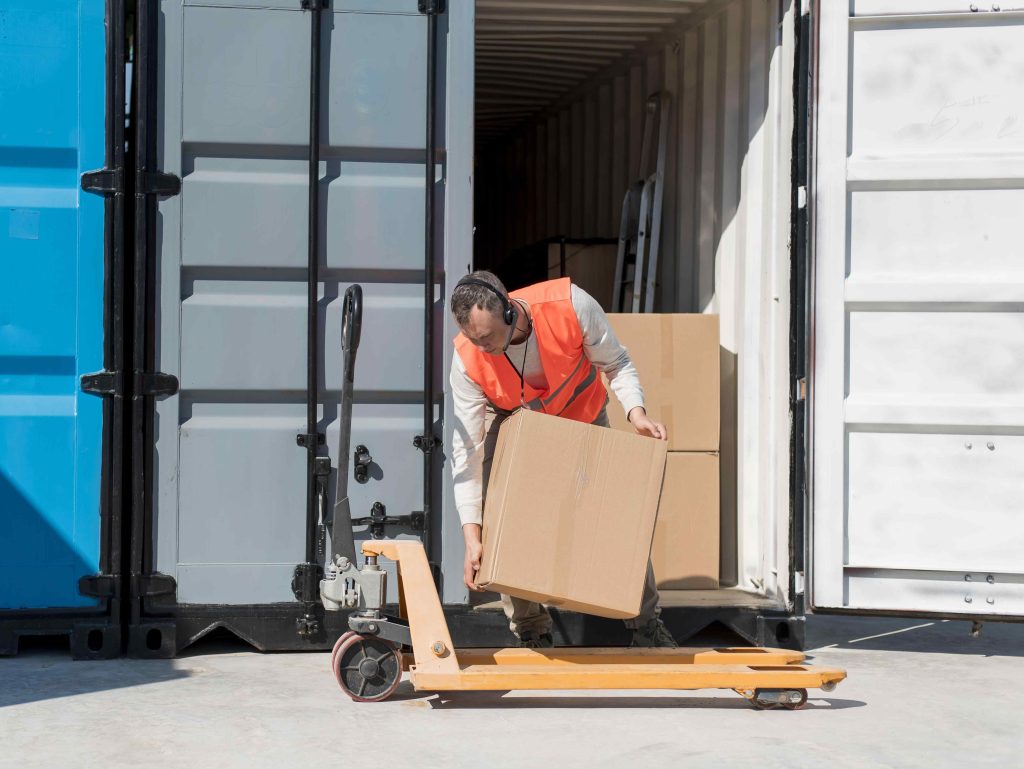
The Strategic Role of Weight in Logistics Planning
The weight of cargo plays a strategic role in logistics planning, impacting everything from route selection to fuel consumption. Proper understanding and management of tare, gross, and net weights can lead to significant improvements in logistics efficiency and cost reduction.
Route Selection and Weight Considerations
Transportation companies must carefully plan routes not only based on distance and time but also considering the weight of the cargo. Certain roads or bridges may have weight restrictions that prohibit heavily loaded vehicles. By accurately knowing the gross weight of a loaded vehicle, logistics planners can avoid routes that have weight restrictions, thereby preventing potential legal issues and route re-planning, which can be costly and time-consuming.
Fuel Efficiency and Environmental Impact
Weight directly influences fuel consumption. Heavier vehicles require more energy to move, leading to higher fuel costs and increased emissions. By optimizing the cargo load, ensuring that vehicles are not underloaded or overloaded, companies can improve fuel efficiency. This optimization not only reduces costs but also minimizes the environmental impact of logistics operations, aligning with global efforts to reduce carbon footprints in the transport sector.
Risk Management and Safety
Overloading is a common risk in cargo transportation, posing serious safety threats. Excessive weight can lead to brake failure, tire blowouts, and decreased control of the vehicle, increasing the risk of accidents. By strictly adhering to weight measurements, logistics companies can mitigate these risks, ensuring safer transport of goods and compliance with health and safety regulations.
Advanced Technologies in Weight Management
The integration of IoT (Internet of Things) sensors and RFID (Radio Frequency Identification) technology in the logistics sector is transforming how weights are monitored and managed. These technologies offer real-time tracking and automated weighing, which ensures accuracy and efficiency. For instance, IoT sensors can be installed in containers to continuously monitor their weight and adjust loads accordingly, while RFID tags can provide instant data on the cargo’s weight, enhancing supply chain transparency.
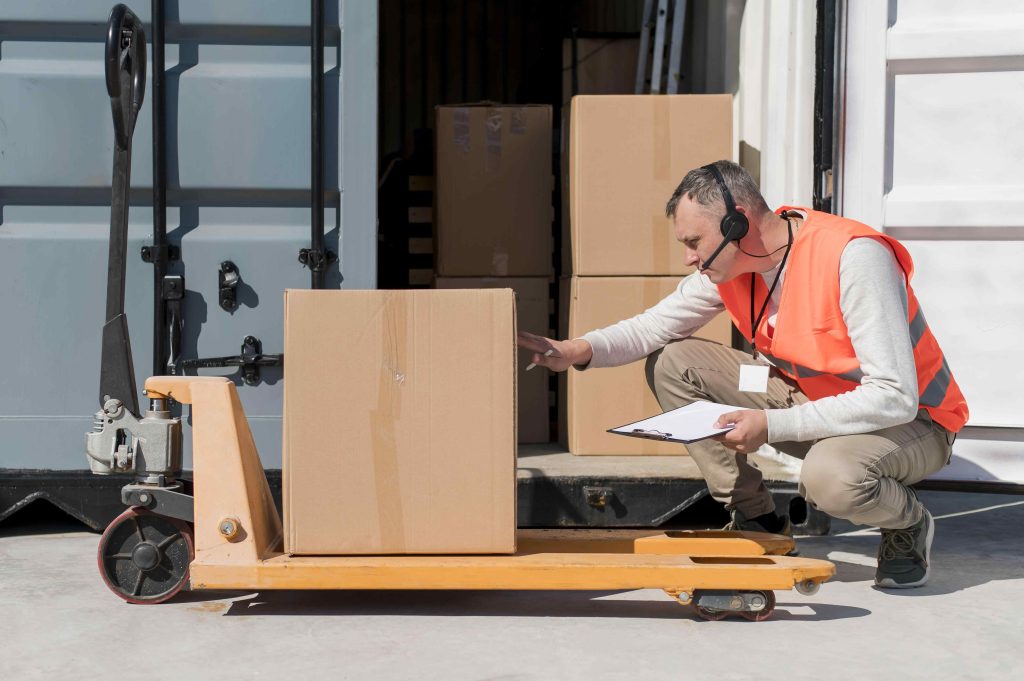
The Future of Weight Management in Logistics
As the logistics industry continues to evolve, the importance of accurate weight measurement grows. Technological advancements are making it easier and more efficient to monitor and manage cargo weights. In the future, we can expect even more sophisticated systems integrating AI and machine learning, which will predict optimal loading configurations and automatically adjust routes based on real-time weight data.
Optimizing Logistics with Strategic Weight Management: A Path to Sustainability and Safety
Effective management of tare, gross, and net weights is not just about compliance and operational efficiency; it’s also about leveraging strategic insights to optimize logistics operations, enhance safety, and minimize environmental impact. These weight measurements are more than just numbers; they are crucial data points that drive the logistics industry towards a more efficient and sustainable future.
At Cargoline, we prioritize precise management of tare, gross, and net weights to streamline your logistics operations and enhance your bottom line. Don’t let weight management challenges slow down your business. Contact us today to learn how our cutting-edge solutions can keep your shipments compliant, efficient, and cost-effective. Stay ahead in a rapidly evolving industry, where accuracy meets innovation.


